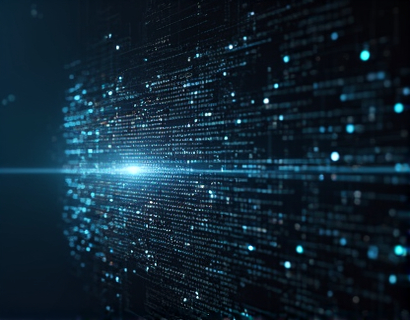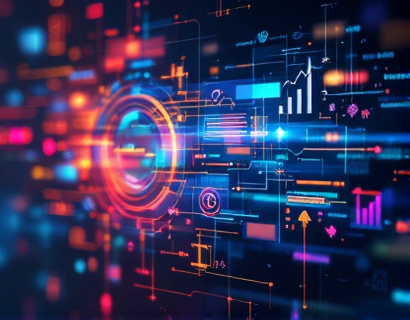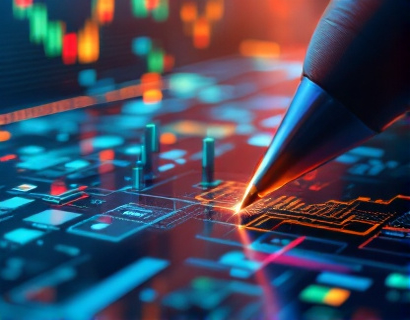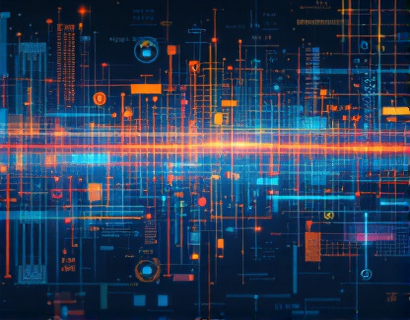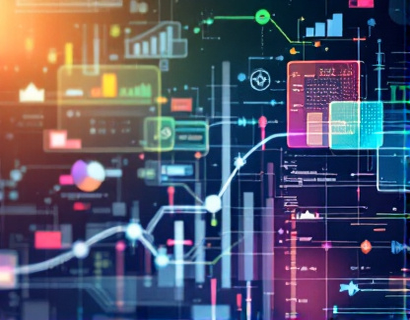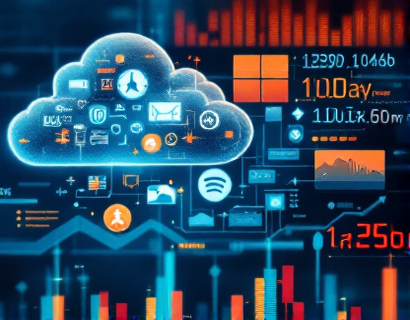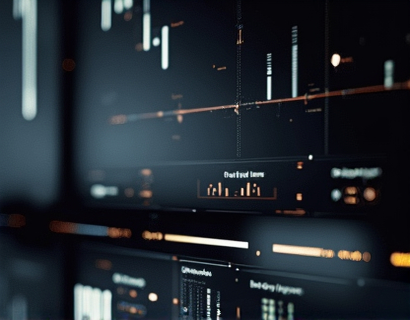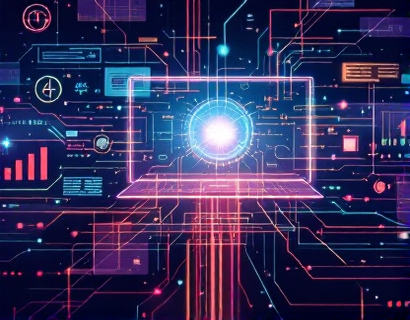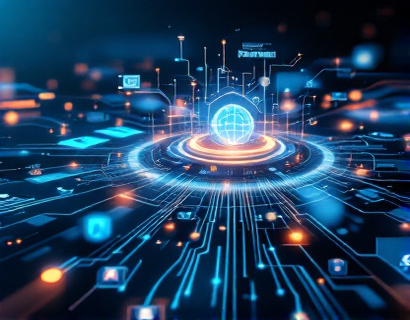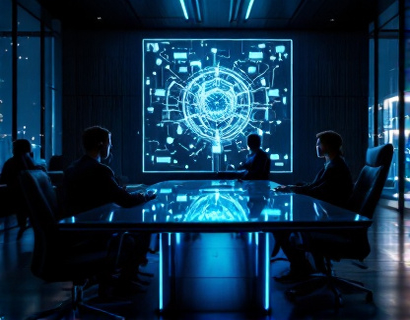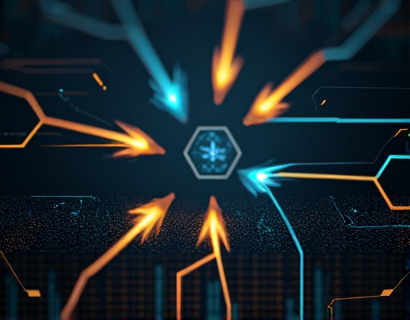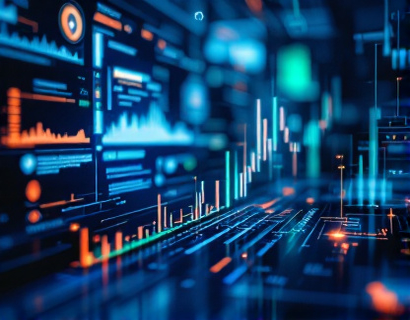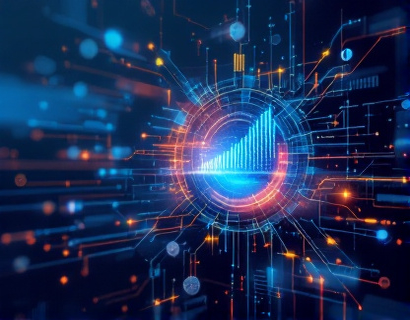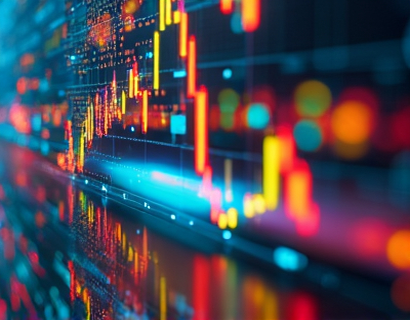Blockchain for Art: Revolutionizing the Preservation and Tracking of Historical Artifacts with Decentralized Solutions
Blockchain technology, originally designed for cryptocurrencies, has found a new and transformative application in the art world. This decentralized ledger system is revolutionizing the way historical artifacts and artworks are tracked, verified, and preserved. By providing a secure, transparent, and immutable record, blockchain ensures the authenticity and provenance of unique cultural treasures. This innovation fosters trust and collaboration among collectors, museums, and cultural institutions, making the management of valuable assets more efficient and secure.
The art market has long struggled with issues of authenticity and provenance. Forgeries and misattributions have plagued collectors and institutions for centuries, leading to significant financial losses and damage to reputations. Blockchain technology addresses these challenges by creating an unalterable and verifiable record of an artwork's history. Each transaction, from creation to sale, is recorded on the blockchain, providing a clear and tamper-proof lineage.
One of the key benefits of using blockchain in art is the enhancement of trust. Collectors and institutions can verify the authenticity of an artwork with a high degree of certainty, knowing that the information is stored on a decentralized and secure platform. This transparency reduces the risk of fraud and increases confidence in the art market. For instance, when a piece of art changes hands, the new owner can access the entire history of the artwork, including previous ownership, exhibitions, and any restoration work.
Blockchain also streamlines the process of provenance verification. Traditionally, this involves extensive research and documentation, often requiring the expertise of art historians and experts. With blockchain, this information is readily available and easily accessible. Each block in the chain contains detailed metadata about the artwork, such as creation date, materials used, and any relevant certificates of authenticity. This data is cryptographically secured, ensuring that it cannot be altered or manipulated.
The use of smart contracts on the blockchain further enhances the efficiency of art transactions. Smart contracts are self-executing contracts with the terms of the agreement directly written into code. In the context of art, a smart contract can automate the transfer of ownership, payment, and other legal obligations once predefined conditions are met. This reduces the need for intermediaries, lowers transaction costs, and speeds up the process of buying and selling art.
For museums and cultural institutions, blockchain offers a robust solution for managing their collections. These organizations often deal with a vast number of artifacts, each with its own history and documentation. Blockchain can provide a centralized yet decentralized database where all the institutions involved can access and update information in real-time. This collaborative approach ensures that all parties have the most up-to-date and accurate data, reducing the risk of errors and discrepancies.
Moreover, blockchain can aid in the preservation of physical artifacts. By recording maintenance and restoration activities on the blockchain, institutions can maintain a comprehensive record of an artifact's condition over time. This not only helps in planning future conservation efforts but also provides valuable insights into the long-term effects of various preservation techniques. Such data can be crucial for researchers and conservators in developing better methods to protect and preserve cultural heritage.
The decentralized nature of blockchain also addresses the issue of centralization in the art world. Traditionally, a few major auction houses and galleries have significant control over the art market. Blockchain democratizes this process by allowing a broader range of participants to engage in transactions and record-keeping. This shift can lead to a more inclusive and diverse art market, where emerging artists and smaller institutions have more opportunities to showcase and sell their work.
Another significant advantage of blockchain in art is the potential for increased accessibility. Digital representations of artworks can be stored and shared on the blockchain, making high-resolution images and detailed information available to a global audience. This not only enhances the educational value of art but also allows people who cannot physically visit museums to experience and learn from cultural treasures.
However, the integration of blockchain in the art world is not without challenges. One of the primary concerns is the technical complexity and the need for widespread adoption. For blockchain to be effective, a critical mass of artists, collectors, museums, and institutions must embrace and utilize the technology. Education and training programs can play a crucial role in overcoming this barrier by familiarizing stakeholders with the benefits and functionalities of blockchain.
Another challenge is the scalability of blockchain networks. As the number of transactions increases, the network must be able to handle the load without compromising speed or security. While current blockchain technologies have made significant strides, further advancements are needed to support the high volume of data and transactions typical in the art market.
Regulatory considerations also come into play. The art market operates under a complex web of laws and regulations, and the use of blockchain must comply with these requirements. Issues such as data privacy, intellectual property rights, and anti-money laundering regulations need to be carefully addressed to ensure that blockchain solutions are legally sound and widely accepted.
Despite these challenges, the potential benefits of blockchain in the art world are substantial. By providing a secure, transparent, and efficient system for tracking and verifying artworks, blockchain can transform the way we preserve and manage cultural heritage. It empowers all stakeholders, from artists and collectors to museums and cultural institutions, to collaborate more effectively and protect valuable assets for future generations.
In conclusion, blockchain technology is poised to revolutionize the art world by addressing long-standing issues of authenticity, provenance, and efficiency. As the technology continues to evolve and gain acceptance, we can expect to see a more transparent, secure, and collaborative art market. The future of art and heritage management is indeed being shaped by the power of decentralized solutions.



